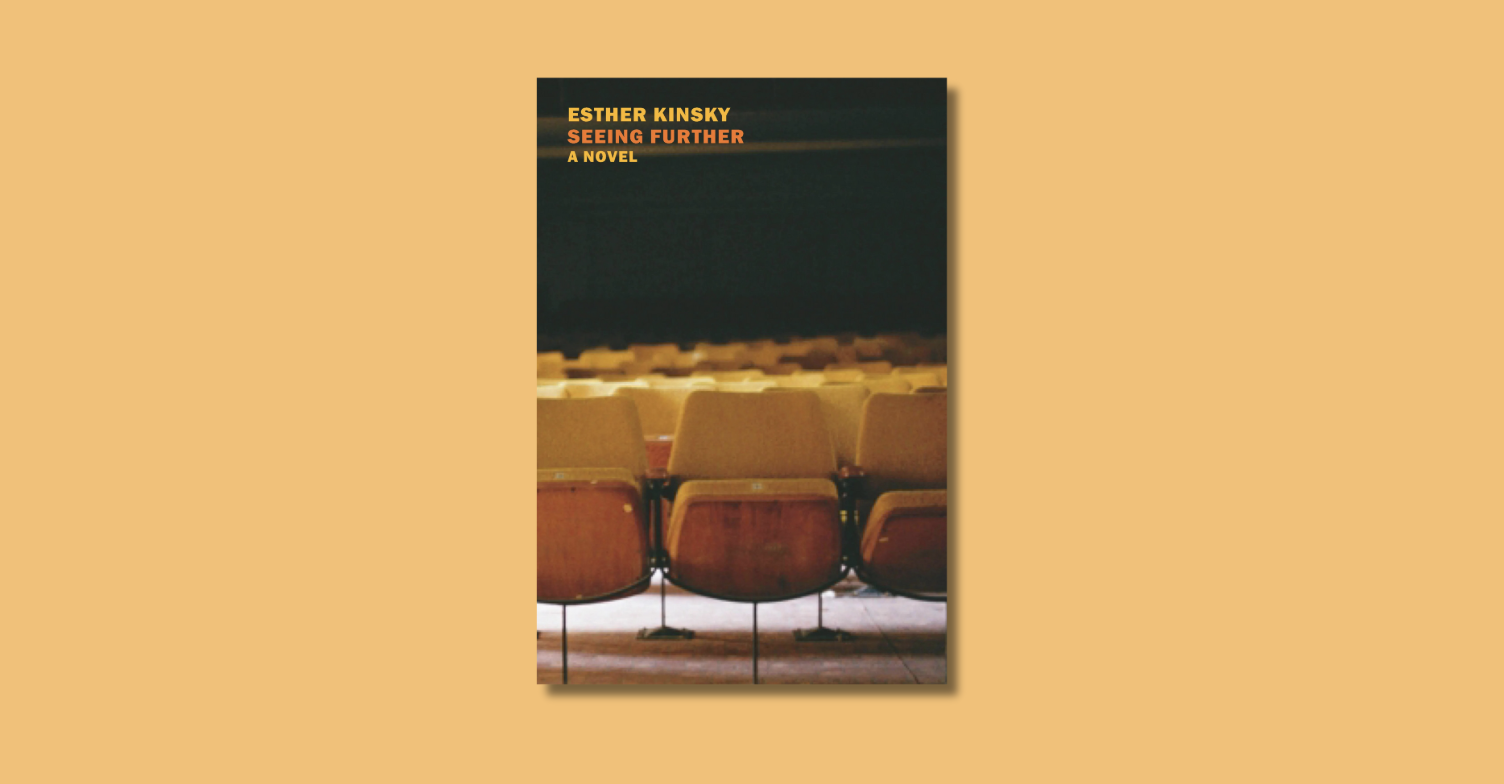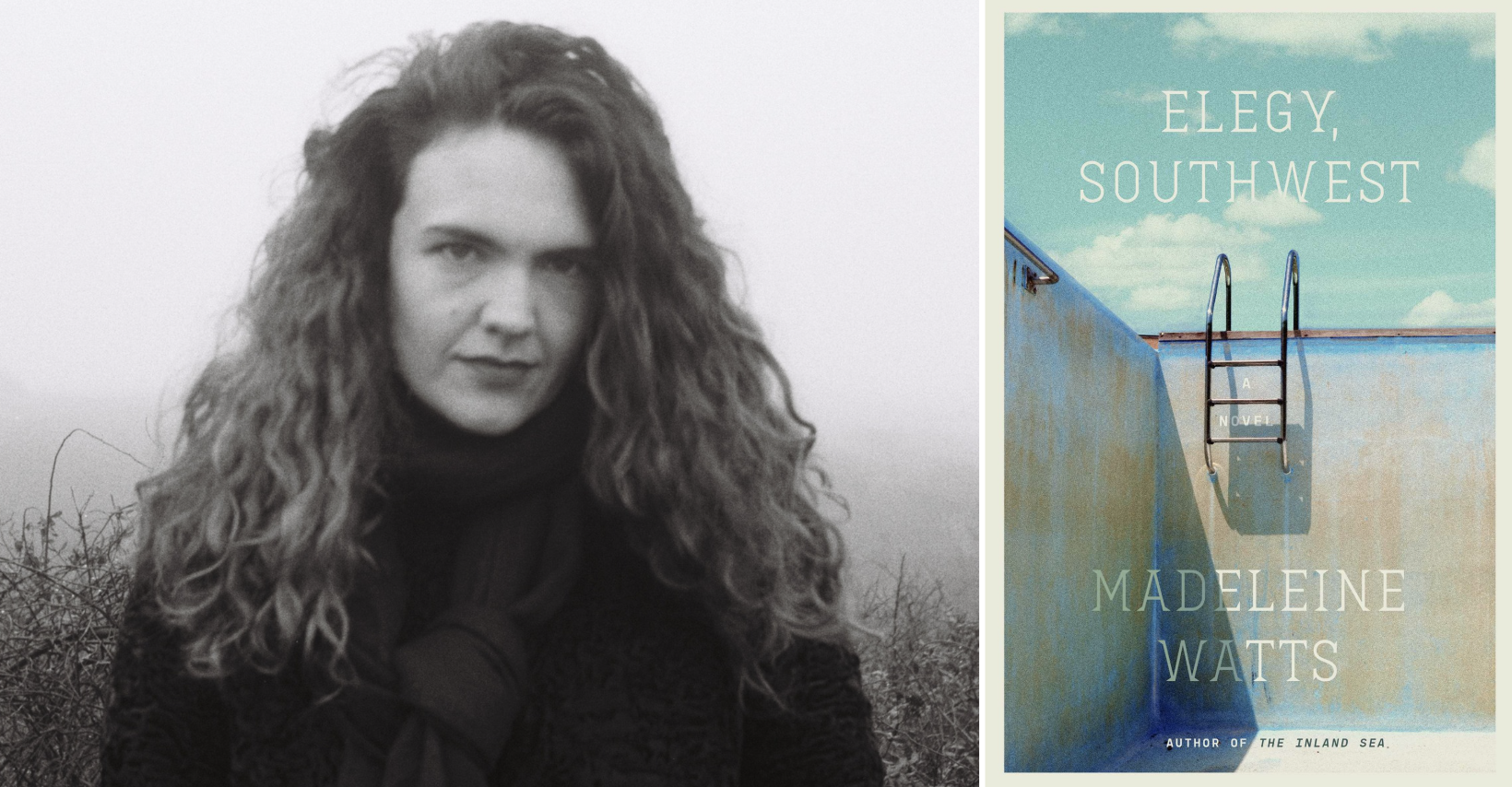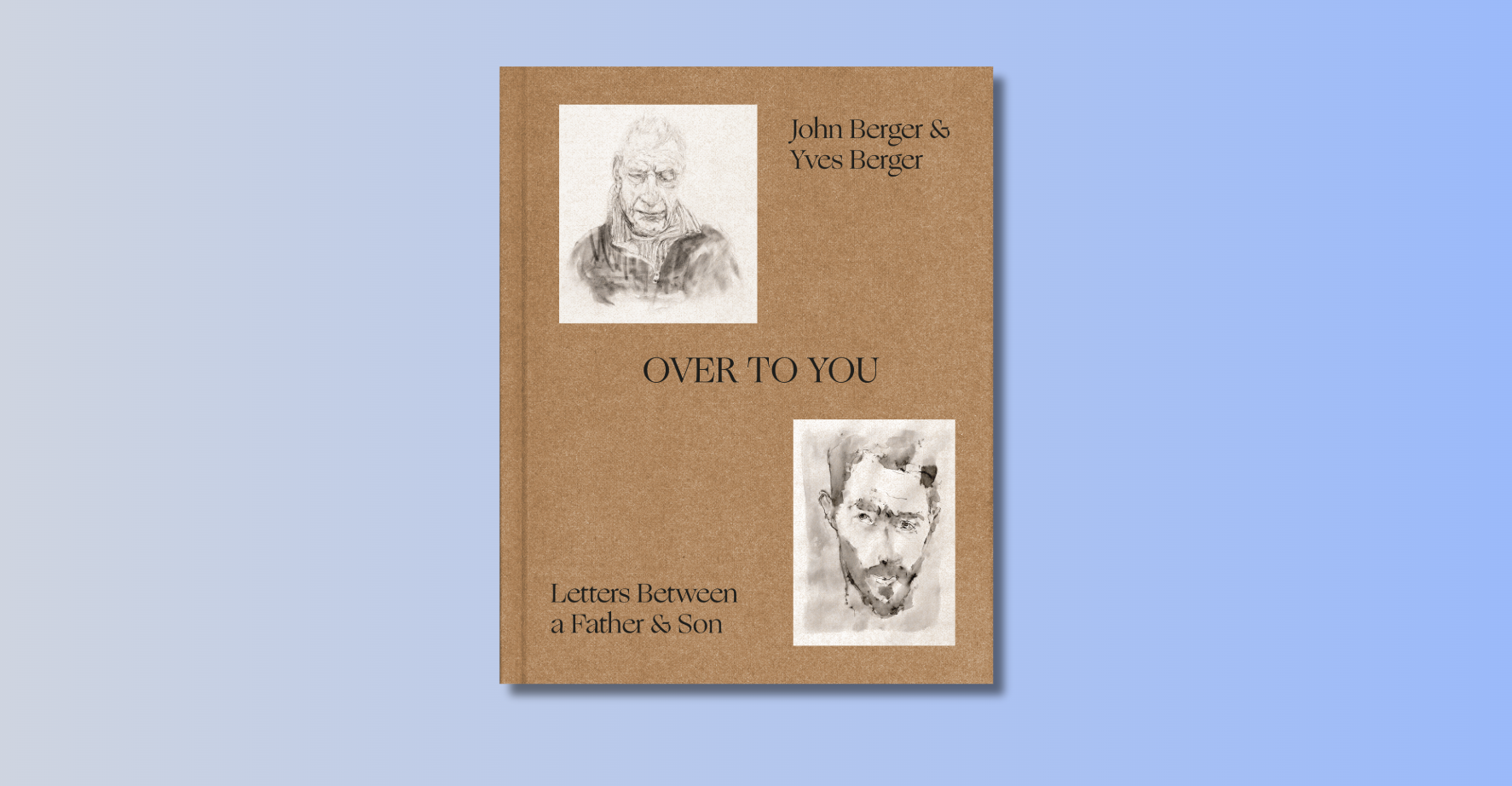When I was engaged to be married, I lost my mind. I’m aware that sounds hyperbolic, but that’s really how it felt: as if my mind had abandoned me, slipped through my ears when I wasn’t looking, to be replaced with something that I didn’t recognize or trust. I was so nervous all the time, my mind skipping from one terrible and scary thought to the next, that reading became almost impossible. Do you know how many stories there are about bad marriages?
During this fraught time, I tried to read an Alice Munro story in the bath. What story, I have no idea (clearly, I blocked it out), but it was about a woman who kills her husband. I couldn’t finish it because I began to fear–to believe, actually–that I was in danger of killing my own future husband. Oh, how my Intended laughed when I voiced these fears! He wasn’t afraid of me and my murderous capabilities! He eventually talked me down from my nonsense ledge, and got me laughing along with him. But I was still too afraid to finish the story.
That was five years ago. I’ve since retrieved my mind, gotten and stayed married, and returned to reading. Thank goodness. Sometimes, I imagine all the great and beautiful books I must have missed during my engagement, and the loss sends a shiver of regret through me.
Last fall, when I found out I was pregnant, I waited for the mind-losing anxiety to descend on me once more. It didn’t. (Or, I should say, it hasn’t yet. I do have five more weeks to lose my mind for old time’s sake!) Because I feel as normal as can be expected when you’re growing a human being inside of you, I’ve noticed that other people experience anxiety for me. They don’t want me to carry anything, not even a carton of orange juice. They want me to sit down already! They want to give me more water, a glass of milk, a pint of ice cream. And they don’t want me to read just anything. More than once I’ve had a person recommend a book to me, and then say, “Oh, but don’t read it now. Not while you’re pregnant!” Apparently, people’s protective urges extend beyond the body of the mother-to-be, and into her reading life. If literature is clogged with unhappy marriages, it’s certainly also darkened with dead babies and the complex melancholy of mothers.
So, as either a warning to other mothers-to-be, or as great “Fuck you!” to all the people who keep telling me to keep things light as I carry my child to term, here’s a list of non-friendly pregnancy books. Read at your own risk…
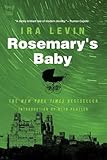 Rosemary’s Baby by Ira Levin: I admit, I haven’t read the novel, but I love the movie, starring the bewitching Mia Farrow. I have purposely kept my blonde hair very short these last 8 and a half months because I appreciate the cinematic allusion, though I have one friend in particular who urged me, early on, to grow out my locks. “It’s not funny!” she said. “What kind of message are you sending?” How about this: Every pregnant woman wonders, at least once, if she’s got the devil’s spawn growing inside of her.
Rosemary’s Baby by Ira Levin: I admit, I haven’t read the novel, but I love the movie, starring the bewitching Mia Farrow. I have purposely kept my blonde hair very short these last 8 and a half months because I appreciate the cinematic allusion, though I have one friend in particular who urged me, early on, to grow out my locks. “It’s not funny!” she said. “What kind of message are you sending?” How about this: Every pregnant woman wonders, at least once, if she’s got the devil’s spawn growing inside of her.
 The Hand That First Held Mine by Maggie O’Farrell: This is the next novel I’m going to read, despite my sister Heidi’s warnings that I should wait until after my baby’s born. O’Farrell’s novel, which my sister could not put down, and which made her sob at its ending, follows two stories–one about a woman in post-war London, and one about contemporary parents in that same city. There’s apparently some childbirth trauma. Lots of blood, my sister said. She also told me to avoid Year of Wonders: A Novel of the Plague by Geraldine Brooks. The deaths–deaths, plural--in this novel still haunt her.
The Hand That First Held Mine by Maggie O’Farrell: This is the next novel I’m going to read, despite my sister Heidi’s warnings that I should wait until after my baby’s born. O’Farrell’s novel, which my sister could not put down, and which made her sob at its ending, follows two stories–one about a woman in post-war London, and one about contemporary parents in that same city. There’s apparently some childbirth trauma. Lots of blood, my sister said. She also told me to avoid Year of Wonders: A Novel of the Plague by Geraldine Brooks. The deaths–deaths, plural--in this novel still haunt her.
 An Exact Replica of a Figure of My Imagination by Elizabeth McCracken: Every morning I awake to the spine of this powerful and painful memoir, which I chose as one of my favorite books of 2008. It sits on the shelf by my bed, right next to Nox by Anne Carson and Skippy Dies by Paul Murray. (That’s a lot of death to wake up to, I realize). McCracken’s story of raising a child after the stillbirth of her first is all the more terrifying and moving because it’s true, and because she speaks of trauma and grief in a distinct, unflinching, and sometimes even funny way. I keep wondering if this book might mean more to me on a second read, now that I am pregnant, now that I know firsthand what I could lose, what and whom I would mourn. Such a book reminds me not to take this time in my life lightly; it reminds me that I’m already a mother.
An Exact Replica of a Figure of My Imagination by Elizabeth McCracken: Every morning I awake to the spine of this powerful and painful memoir, which I chose as one of my favorite books of 2008. It sits on the shelf by my bed, right next to Nox by Anne Carson and Skippy Dies by Paul Murray. (That’s a lot of death to wake up to, I realize). McCracken’s story of raising a child after the stillbirth of her first is all the more terrifying and moving because it’s true, and because she speaks of trauma and grief in a distinct, unflinching, and sometimes even funny way. I keep wondering if this book might mean more to me on a second read, now that I am pregnant, now that I know firsthand what I could lose, what and whom I would mourn. Such a book reminds me not to take this time in my life lightly; it reminds me that I’m already a mother.
Arlington Park by Rachel Cusk: This novel is about one day (a la Mrs. Dalloway) in the posh lives of British mothers. The unhappiness of its characters is so delicately and expertly rendered that it, at times, grows oppressive. These are women who feel unconnected to their husbands, their kids, their lives. Such a book makes me fear the very phrase Sippy Cup.
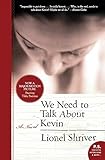 We Need to Talk About Kevin by Lionel Shriver: Shriver’s brilliant and dark novel is narrated by Eva, whose son Kevin is guilty of carrying out a Columbine-style high school killing. It’s a grim but often very funny narrative of maternal ambivalence, and it’s certainly a mind-fuck for any mom-to-be. Eva articulates every single dark thought a pregnant woman would be wise to avoid (For instance: “What if my child grows up to be a murderer?” And, “What if I don’t love him?”). Here’s a taste of the sharp prose, most likely to be left out of the highly-anticipated film adaptation with Tilda Swinton, due out this fall:
We Need to Talk About Kevin by Lionel Shriver: Shriver’s brilliant and dark novel is narrated by Eva, whose son Kevin is guilty of carrying out a Columbine-style high school killing. It’s a grim but often very funny narrative of maternal ambivalence, and it’s certainly a mind-fuck for any mom-to-be. Eva articulates every single dark thought a pregnant woman would be wise to avoid (For instance: “What if my child grows up to be a murderer?” And, “What if I don’t love him?”). Here’s a taste of the sharp prose, most likely to be left out of the highly-anticipated film adaptation with Tilda Swinton, due out this fall:
Meanwhile, I came to regard my body in a new light. For the first time I apprehended the little mounds on my chest as teats for the suckling of young, and their physical resemblance to udders on cows or the swinging distentions on lactating hounds was suddenly unavoidable. Funny how even women forget what breasts are for.
The cleft between my legs transformed as well. It lost a certain outrageousness, an obscenity, or achieved an obscenity of a different sort. The flaps seemed to open not to a narrow, snug dead end, but to something yawning. The passageway itself became a route to somewhere else, a real place, and not merely to a darkness of my mind. The twist of flesh in front took on a devious aspect, its inclusion overtly ulterior, a tempter, a sweetener for doing the species’ heavy lifting, like the lollipops I once got at the dentist.
We Need to Talk About Kevin is so far my favorite book of the year. I read it when I was about four months pregnant, and as I did so, I prayed I was having a girl (She might be anorexic, I thought, but she probably won’t be a serial killer.) Turns out, I’m having a boy. Ha! Shriver’s novel is the most memorable book I’ve read in a while. And also, um, the most frightening.
What novels do you recommend a pregnant woman avoid? Tempt me…


